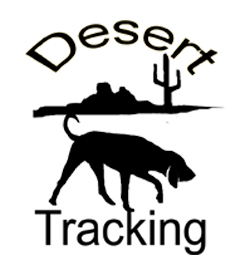Category: Tracking
tracking anecdote
How tracking is like driving a stick shift
When you begin tracking it is like the first time you drove a car with a standard shift in that you had to think about pushing in the clutch and pressing the gas just enough so the car will move forward smoothly. The reason you didn’t observe what your trainer observed your dog doing is you were thinking about the fundamentals and not the nuances. What if he goes off track; how hard to correct him or is he focused, and how can I help, and what if he isn’t, and if not, how long must I let him search for the track. After you have been at it for a while what to do if, will be automatic and you can then concentrate on reading your dog because in tracking that is the most important facet. Then you and your dog will be as one and you will begin thinking like him instead of trying to make him think like you. That is why tracking can be so rewarding no matter whether you’re successful or not.
Norman Epstein.<
Increasing the success rate of scent discrimination
Considerations to the Process of Increasing the Success Rate of Scent Discriminating Hounds The hound’s ability to trail is not a matter of nature vs. nurture or genetics vs. training it’s a dynamic process of the contributing elements co-evolving from moment to moment. For example: multicomponent determinants such as, levels of health and fitness, the strength of the hounds ability and desire to follow his nose, his desire to learn, the shared task environments (the handlers abilities, scenting conditions, or terrain), and the way in which circumstances have been put together to facilitate coherence between the hound’s understanding, ability, and the environment. Continue reading Increasing the success rate of scent discrimination
